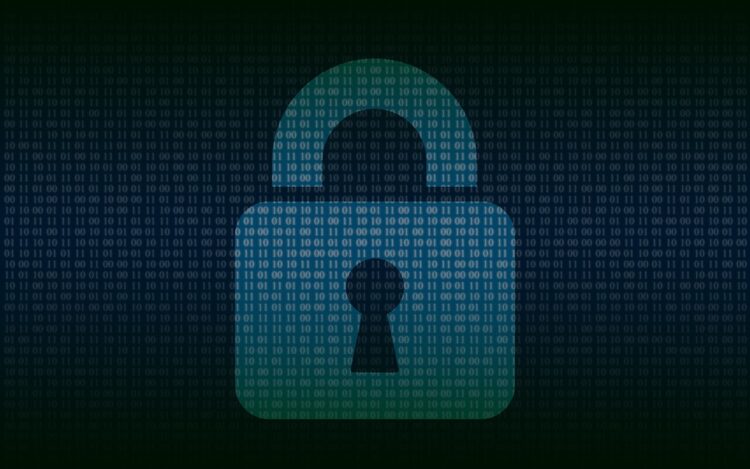Before we get into the details, you need to understand what an IoT application is. IoT applications usually run on IoT devices and are specifically created for almost every profession and industry, including healthcare, smart homes and buildings, industrial automation, wearable technology, and automotive, or even for the free and independent users who aren’t related to any business or industry, or they are just individuals who have some specific needs of the applications on their devices.
While the future with these technologies looks exciting, IoT applications face many challenges, and hacking is one of them. When we talk about Industrial IoT applications, this is an extremely high-valued target by hackers. Even though their IT teams are doing everything to keep the security on a high level, sometimes the whole system is at risk, because the cybercriminals always know some way to detect the weak points and use them as an “open door” to break into. At Fireart studio, we are working with many clients to improve these applications. We’ve got you covered with some valuable tips and tricks for optimizing your IoT application in this article.
Page Contents
1. Cybersecurity

Source: pixabay.com
Since you already know, the hackers have their eyes set on IoT applications; you need to take perfect cybersecurity measures while creating them. It starts with the quality of your code. If your code contains bugs, a hacker can exploit and use them to get into the system. So, your developers have to be extra efficient when they are writing the code.
That means they need to pass it to QA and software testers, who will check all the features and detect potential issues, and report the critical points to the developers, who will once again work on the security aspect. You need to optimize the protection of the app is for some particular industry or client, because if they need it, they probably have to take care of the security and safety too. Surely, there can still be some bugs you will have to resolve after the app is used.
2. Changing the infrastructure strategy
To meet the customer’s needs, our teams are burning the midnight oil to ensure they are backed with the real-time processing of data, storage infrastructure, and high-end processing with the help of IoT sensors. That is the sole reason why organizations are shifting from traditional ways to Cloud Computing for high-end services.
To learn more about our IoT applications development services, click on this link https://fireart.studio/iot-app-development-services/.
3. Connectivity

Source: pixabay.com
Another aspect that you need for optimizing the IoT application is connectivity. You need to have incredibly reliable data storage and connectivity features in your application, which can be challenging depending upon where you placed it. The network must have sufficient capacity for the devices to communicate with a maximum capability if there’s a lot of traffic. Also, you need to have a plan on how to improve the app if more users decide to use it. You have to make regular updates so you can cover all of them, as needed. Keep in mind that your audience will grow if the app is good, and you need to use the resources and connectivity smartly and make sure it can “handle” large volumes of data.
4. Advanced Network Systems
IoT apps are becoming new resources for business revenues and customer engagements. One reason for this being the growing IoT demands advanced network systems. The emerging 5G network targets the intelligence of network and orchestration solutions with high-scale projects introduction. As a developer, or a company that is running the process, you have to focus on the tech development too, so you can incorporate the new things that will make you competitive in this huge market. Also, you are making sure you are eligible to provide quality service by embracing the advanced network systems, and your current clients will surely recommend you to new potential ones.
5. Good Toolset

Source: pixabay.com
You need to have a good toolset to make your application responsive and fit in a provided memory footprint without optimizing the code. Hand-optimizing is pretty time-consuming and costly. Assembly code is not suitable for professional development because it’s error-prone and difficult to understand. So, a good toolset is what you need.
6. Speed Optimization
To optimize the IoT application, you need to get the fastest code possible for your given size because nobody likes to wait. It helps you develop a good first impression of the application on your customers. Moreover, speed optimization also helps in optimizing the battery life of the device.
Surely, no one wants something that is using a lot of resources, spends all the included mobile internet, and drains the battery. If your app is doing that, you can be sure the users will immediately delete it, so they can free up enough space on their phone or tablet, and go for something else that is nicely optimized.
7. Size Optimization

Source: pixabay.com
Get the smallest code possible to optimize the speed of your IoT application. Size optimization is essential for Industrial IoT because Industrial IoT devices mostly have a limited memory footprint. One more perk of having a small code is that it enables you to add some additional features.
Also, when the code is shorter, it’s easy to read and understand at the same time, so even if you change the team, the new developers will know what they need to do, to improve the way the current version works.
8. Data Optimization
To get a significant breakthrough in IoT application performance, you need to master data optimization to avoid data losses during transmission. It also helps in reducing and almost canceling the data noise. Transfer the data in packets instead of a continuous live stream when transferring the data to the cloud.
9. Structure the Code

Source: pixabay.com
Well, optimizing the code’s speed and size is not as simple as it looks due to their setbacks. To avoid any setback, you need to structure the code properly. Select the parts separately that need size and speed optimization, and do it accordingly.
Also, as we previously mentioned, having a structure means you have a concept that is easy to track and follow.
Messy code means a lot of bugs and mistakes, that even the developer won’t be able to detect, or they will need days to properly diagnose the critical points.
10. Bandwidth Optimization
IoT application generally produces an enormous amount of data with several optimization and utilization issues.
Bandwidth optimization in IoT applications is the sum of output data, input data, and some other constraints. To solve the bandwidth optimization problem, use the experimental method with appropriate algorithms.
Conclusion
We sincerely hope that the above tips and tricks can help in optimizing your IoT application. We are sure you and your team of developers are professional in what you do, and you try to provide the best to your clients. Not all the tips are essential for optimizing, but they can help your IoT application step up its game. You can use all of these tips, or you can choose which ones are relevant to your work. Apply the tricks that seem useful and optimize the application.





